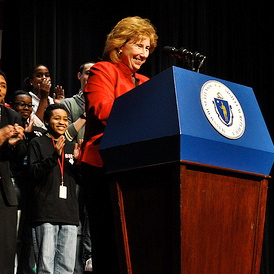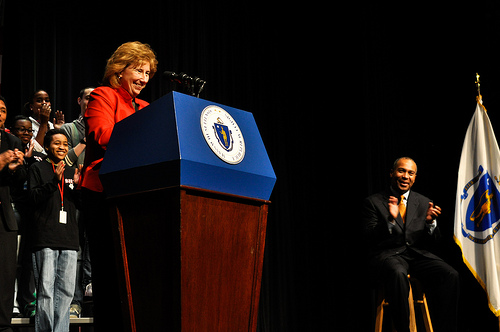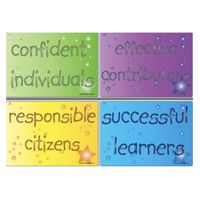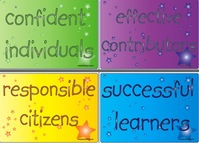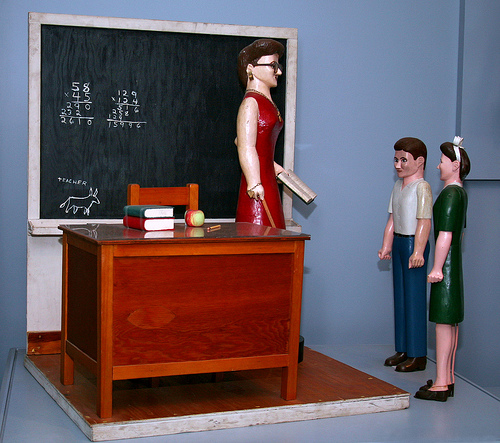
As a rookie teacher, I frequently had sleepless Sunday nights, worried about my lesson plans for the week ahead. I would second guess my teaching by asking myself – "what will I be doing, why am I doing it, how do I know it would work?"
It took me years to realize I was focussed on the wrong person in my classroom – the teacher. The real question was – "what will the students be doing?" The learning wasn't "emanating" from the teacher. My job was to design a learning situation that will cause the students to reflect on themselves as learners.
I frequently guide teachers and administrators on reflective classroom walkthroughs with a focus on observing the students by a focusing on two essential questions:
- "What kinds of thinking did student need to use in the lesson segment we just saw?"
- "What choice did students (appear to) have in making decisions about the product, process or evaluation of the learning?"
Think of it as roving Socratic seminar. For more on the process see my post: "Teacher-Led Professional Development: Eleven Reasons Why You Should be Using Classroom Walk Throughs"
I just returned from a week of guiding teachers and administrator on classroom walkthroughs. As I browsed through their evaluations, I was reminded of the power of reflective CWT's.
Teachers' comments:
- You're right – it's not about what I'm doing, it's about what the kids will be able to do.
- I'm going to work harder to encourage my students to take ownership of their learning.
- It really made me think about the variety of ways students can demonstrate their thinking.
- I'm going to give students more chances to reflect on their learning.
- Today reaffirms my asking kids to think outside the box.
Principals' comments:
- I really enjoyed the risk-free learning environment that makes me think and gives me the chance to network. We are so stressed for time and results that we don't have time to think deeply.
- This will change my conversations with teacher, I now have a better idea how to get them to reflect honestly on their work. I also have learned how to better dissect a learning activity and see its components.
- As I go into classrooms, I will have a better understanding about what "engagement" really looks like.
######
Interested in more reflective and teacher-centered staff development? See my posts:
Lesson Study: Reflective PD That Works
The Reflective Teacher: The Taxonomy of Reflection
A Guide to Designing Effective Professional Development: Essential Questions for the Successful Staff Developer
######
Image: Flickr/cliff1066™
Folk Art: Classroom with Three Figures by Lavern Kelley




